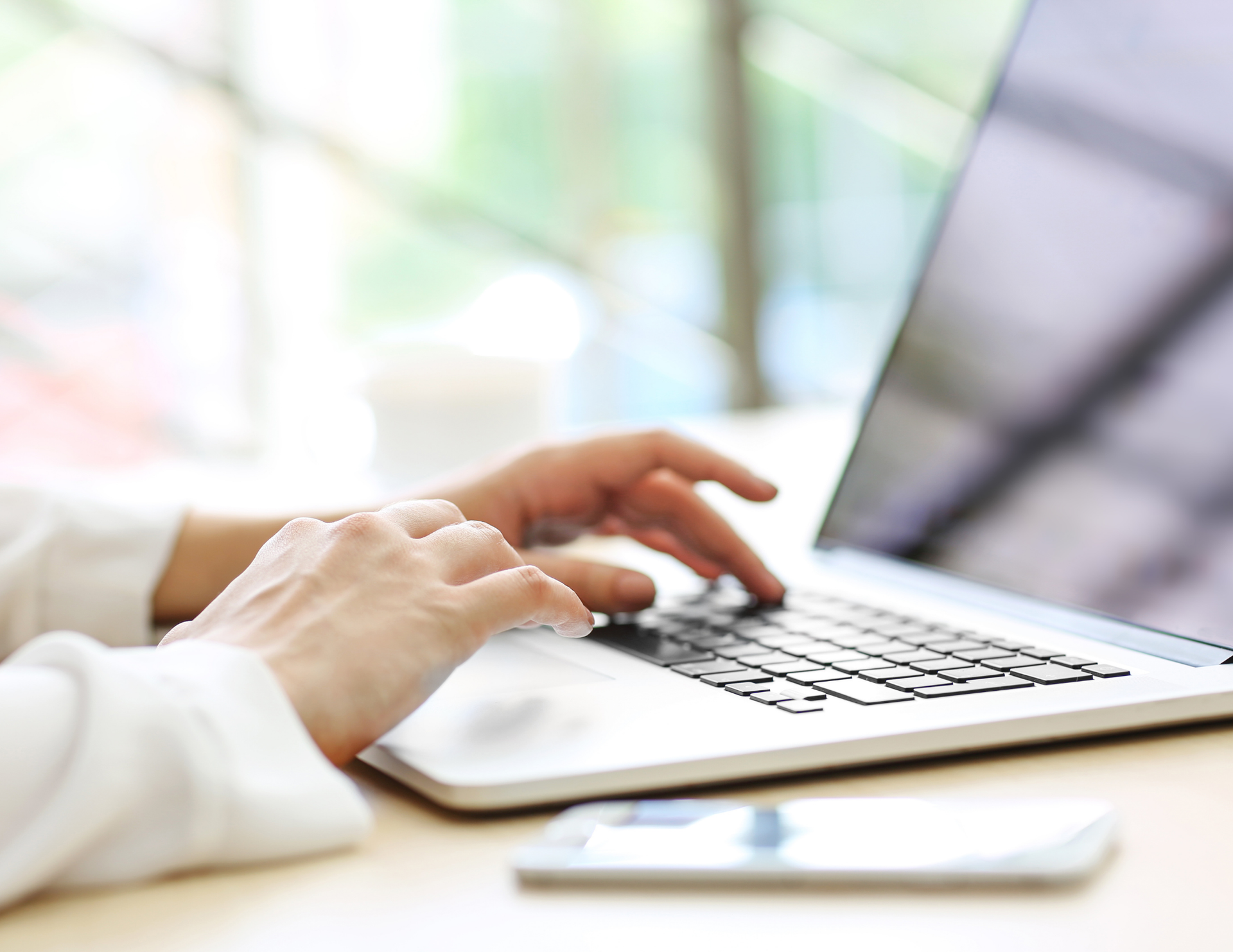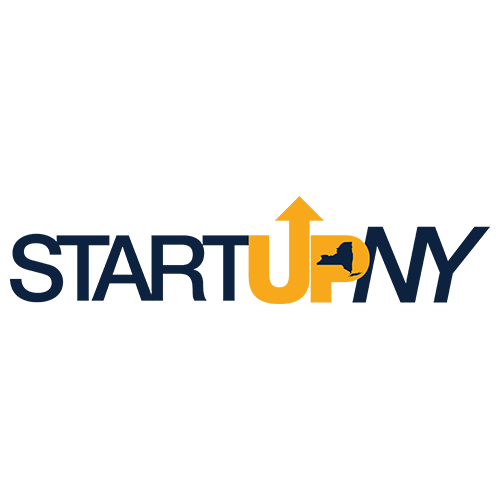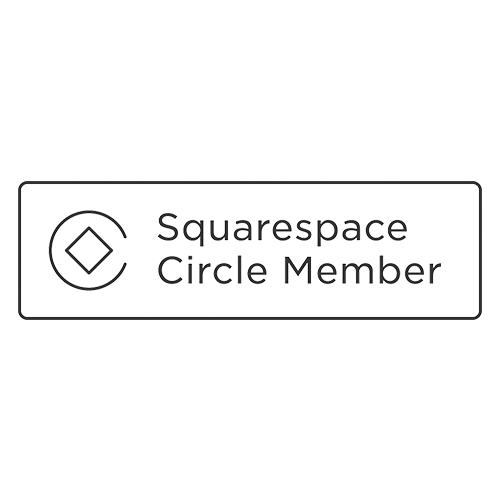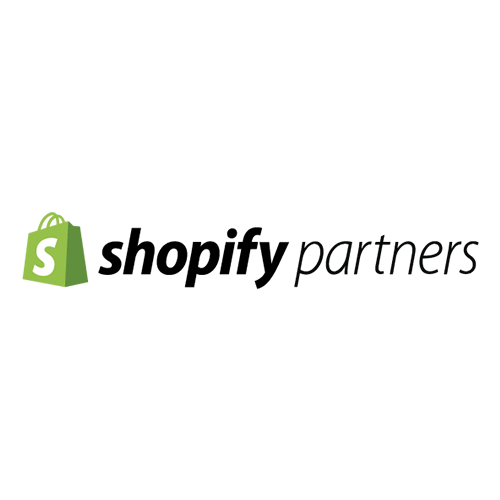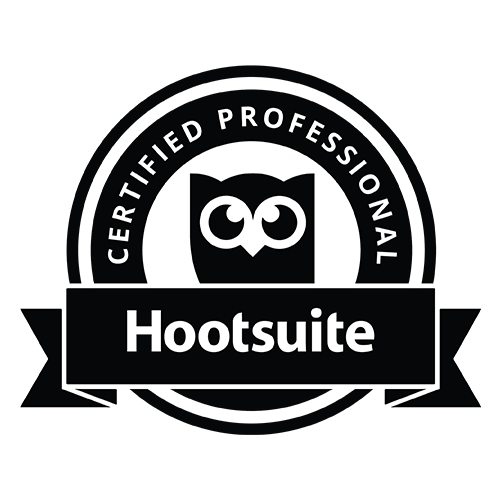Answer Engine Optimization: Optimizing for the Future
As the digital landscape changes, so does the way people search for information. Instead of sifting through pages of search engine results, more people are now using voice-activated devices, conversational AI, and tools like Google Assistant and ChatGPT. This evolution has led to a new approach to content strategy known as Answer Engine Optimization (AEO).
What is AEO?
AEO is about creating content that directly and concisely answers user questions in an easily digestible way. Unlike traditional SEO, which focuses on ranking high on search engine results pages, AEO prioritizes providing users with the most relevant and clear answers possible. These answers will often appear as featured snippets, voice search results, or AI-generated responses.
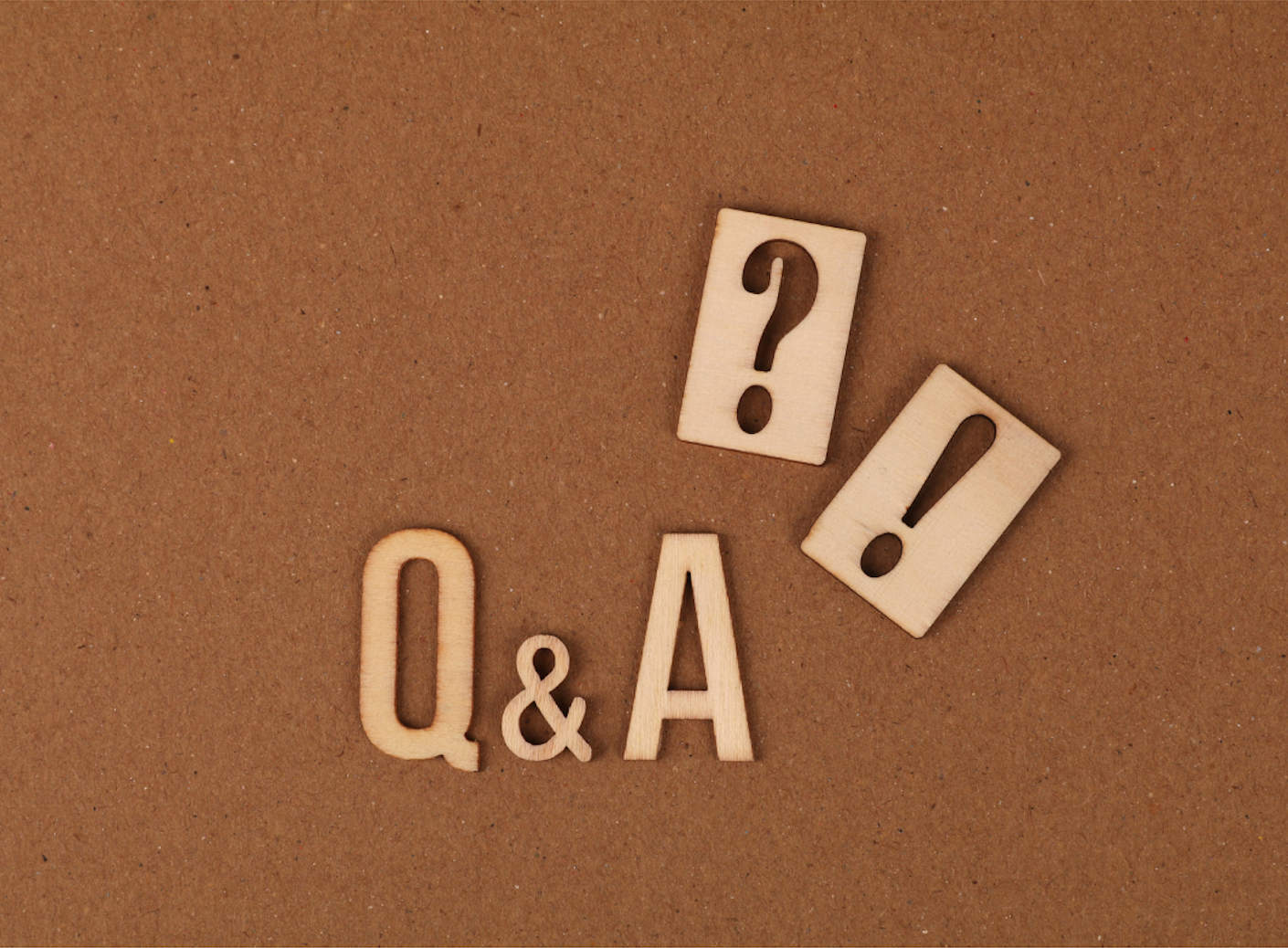
How is AEO Different from SEO?

While AEO is an extension of SEO, there are a few differences in its focus and delivery:
- User Intent vs. Keywords: While SEO revolves around keyword optimization, AEO focuses on understanding the intent behind queries.
- Quick Answers: Traditional SEO aims for broad, long-term rankings across multiple results. AEO focuses on achieving visibility for your site during searches by creating content that appears in answer boxes, featured snippets, and voice search results.
- Structured Insights: SEO often prioritizes backlinks and broader website authority. AEO prioritizes concise, authoritative, and well-structured content that AI and voice assistants can pull directly from.
Why is AEO important?
AEO is important because it adapts to new search trends, enhances visibility, builds trust and authority, and boosts engagement.
Today’s users want precise and clear answers delivered to them quickly. By providing these answers, a website not only increases its chances of appearing in prominent positions, but it also establishes brands as trusted authorities. As a result, it creates a smoother user experience, which encourages users to spend more time on a website, increases interactions, and improves conversion rates - all of which boosts engagement.
Strategies for Implementing and Optimizing for AEO
To achieve success with AEO, businesses need to go beyond traditional SEO tactics on their website. Here are six strategies to implement to make the most of AEO:
- Conduct Keyword and Question Research: Understanding what questions your audience is asking is the foundation of AEO. To uncover common questions related to your industry, use tools like Google’s Keyword Planner, AnswerThePublic, or forums like Reddit to see what your audience wants to know.
- Utilize Structured Data: Structured data, such as schema markup, acts as a translator between content and search engines. It helps search engines understand the type of content on your site, making it easier for AI assistants to extract and display your content.
- Optimize Content for Voice Search: Unlike a typical search, voice searches are typically longer, conversational, and often framed as full questions. Aligning content is key to success. Incorporate natural language and long-tail keywords into your pages, focusing on creating content that mirrors how people speak.
- Craft A High-Quality FAQ Page: FAQ pages are great for AEO optimization as they respond to specific questions clearly and briefly. Using bullet points and headers for the organization on these FAQ pages enhances the readability for humans and AI alike.
- Focus on Content Clarity: Since search engines prioritize direct and concise answers, structuring your articles with clear headings, subheadings, and straightforward sentences works best. Avoid jargon and break down complex topics. Content that can be answered in one or two sentences is more likely to rank as a featured snippet.
- Continuously Refine Your Strategy: As the digital landscape changes, search engines frequently update their algorithms, and user behaviors evolve over time. Since these are regular changes, make sure to analyze your AEO performance using tools like Google Analytics or Google Search Console to identify which information is performing well and adjust your strategy accordingly.

What Are the Benefits of AEO?
Implementing AEO unlocks benefits that extend beyond visibility and impressions:
- Higher Click-Through Rates
- Improved User Experience
- Qualified Leads and Conversions
- Cost-Effective Results
- Future-Proofing Your Strategy
AEO offers an exciting opportunity to deepen engagement with your audience, increase visibility, and establish authority - all while catering to the growing demand for conversational and question-based searches. By focusing on user intent, structured data, and direct answers, AEO goes beyond traditional SEO strategies to meet the needs of the modern consumer.
Secure your future in online search with a free AEO audit from us!





